By: Imam Shamsi Ali, President of Nusantara Foundation, New York
There are strong indications that Hajj or ritual practices in the Haram have existed since the beginning of the human descent to this earth. This is proven by the historical traces of both human parents, Adam and Eve, who were sent down to this earth around the area of the forbidden land.
Later we know that the first time they came down or was sent down to this earth they were separated. They also look for each other driven by a sense of “rahmah” (love) that is in both of them. So by the love of Allah they met on a hill which is also known as “Rahmah” (the hill of love). The hill is indeed better known today by the name “Jabal Rahmah”.
There is definitely no historical record of the two of them. There are no visible ink records, except for the narratives that developed over time, which in the end seemed to become official historical records.
Also Read: Fryday Sermon: Hijrah in the Struggle for the Liberation of Al-Aqsa and Palestine
It was later stated that Adam himself died in the holy city of Mecca. He was buried in a “holy site” around the Kaaba. Some say that Adam was buried in a location between the Kaaba and the modern-day Well of Zam-Zam.
Meanwhile, Eve traveled to the outskirts of the coast in an area outside the holy city of Mecca. The coastal area is now known as a metropolitan city in Saudi Arabia called Jeddah. That’s where the human grandmother was buried. Even his grave until now has become one of the pilgrimage destinations of the city of Jeddah.
However, the clearest historical record of the Hajj ritual in religious literacy goes back to the history of Ibrahim AS and his family. Ibrahimlah and his family, especially his wife and children Hajar and Ismail AS, who later became a central theme in the discussion about the pilgrimage and the holy land.
Ibrahim is a recurring term in discussing the Hajj and the Haram. From Ihram, to Wukuf, Muzdalifah, Mina, to Thawaf and Sa’i. Everything is inseparable from the history of the footsteps of Ibrahim AS and his son Ismail AS.
Also Read: Sadaqah, A Simple Act with Extraordinary Virtues: Dr. Wahyudi KS
Although not as popular as Ibrahim, it turns out that there is also a history that Musa AS also performed Tawaf around the Kaaba. I don’t know when and how? It is only Allah who knows best.
However, what is certain is that it was the Kaaba in the history of religion that was first used as the center of “worship”. Therefore, it is very natural that humans have made this place a center of “worship” from generation to generation.
The Qur’an states: “Indeed the first house (place of worship) placed on earth was the one in the Holy Bakkah” (Al-Quran).
Likewise, in history we also know that long before the Prophet sallallaahu ‘alaihi wasallam was born in the Land of Mecca, the Arabs and their neighbors had made the Kaaba the center of their worship rituals. It’s just that they do that without the correct Sharia (religious rules).
Also Read: The Dynamics of Living in a Muslim Community in the Modern Era
One of the things we read in history is that the Arabs before Muhammad (sallallahu ‘alayhi wa sallam) were present to perform tawaf around the Ka’bah and sa’i between Shofa-Marwa without covering their bodies.
And so on, this place known as the Haram Land has become a center of worship throughout history. Later, with the presence of Ibrahim and his son Ismail who prayed: “O our Lord, make the hearts of some people love him (Mecca)” it took root.
The culmination of all of this was the sending of the closing Apostle and Prophet, Muhammad Shalallahu alaihi wasallam, who made the historical ritual practice a standard “law” or sharia. Even in Islam, Hajj is one of the pillars of the religion itself.
Therefore, actually carrying out the pilgrimage is at the same time a “step back” on the historical journey of human “religiosity”. The center of obedience to God leads to the center of the world which is known as “Ummul Qura” (Mother country).
Also Read: The Meaning of “Minal Aidin wal Faizin”
The scholars say that around the Bait al-Ma’muur around the Throne of Allah the angels constantly carry out the tawaf to worship and raise Asma Allah. So on the earth around the Ka’bah where the servants of Allah from among humans continue to worship Allah and raise His Asma.
By performing the pilgrimage, we are reminded of the journey of “religion” and “obedience” of humans to God. It is as if with the pilgrimage we are refreshing and rebuilding the religious commitment and obedience that has occurred throughout the history of human interaction with its Creator. (T/RE1)
Mi’raj News Agency (MINA)





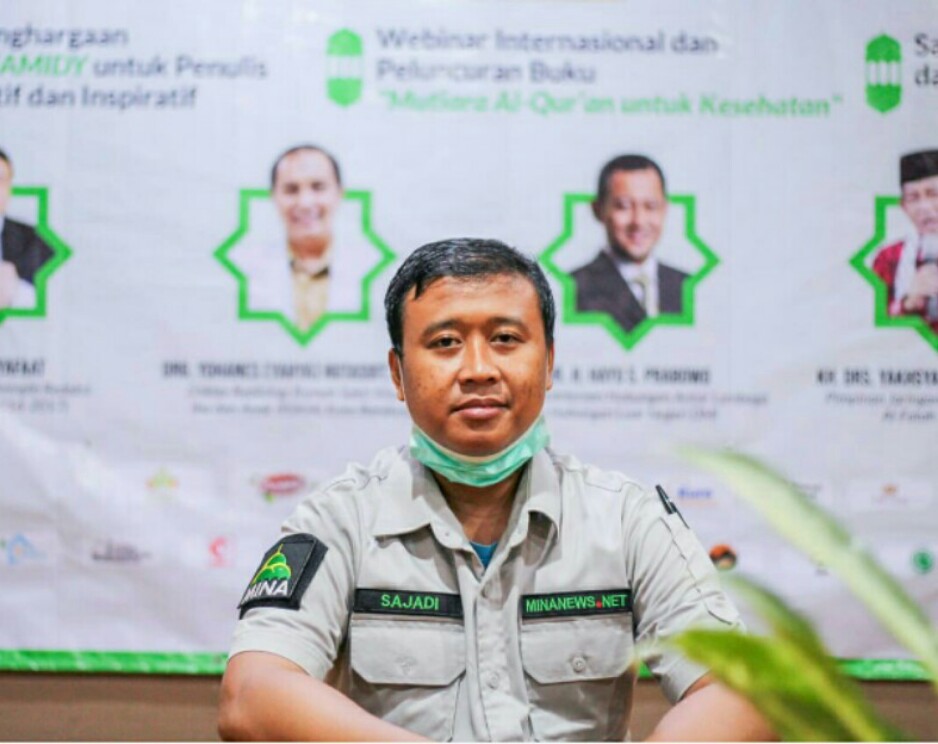
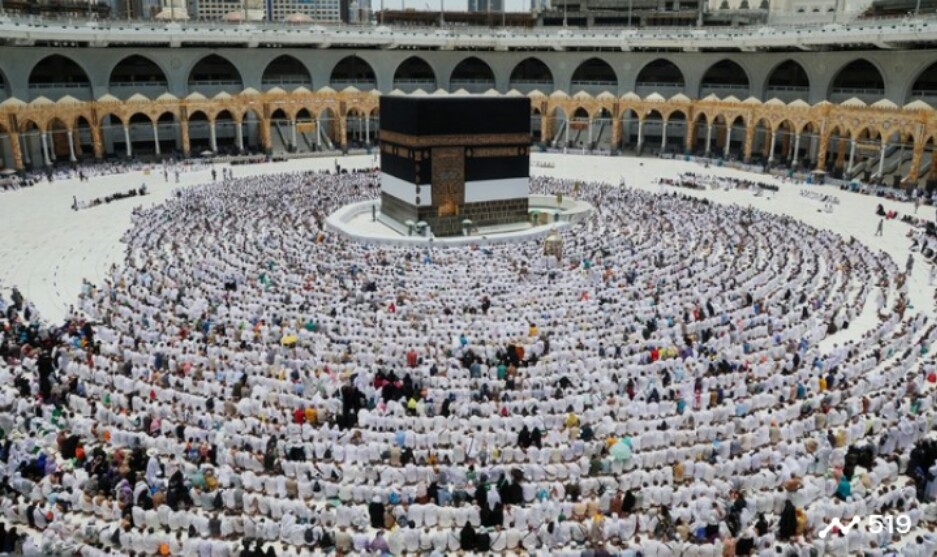



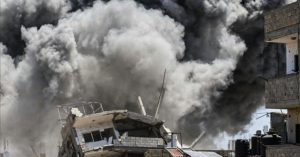



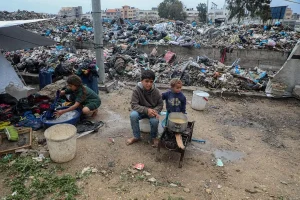
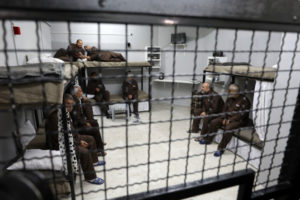
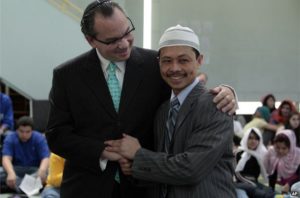

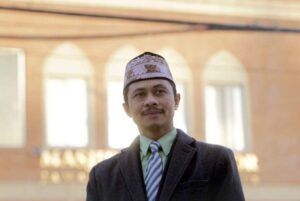


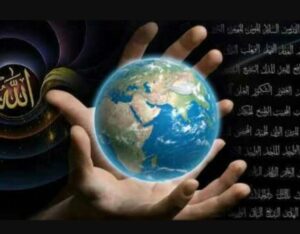










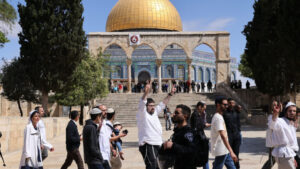




 Mina Indonesia
Mina Indonesia Mina Arabic
Mina Arabic